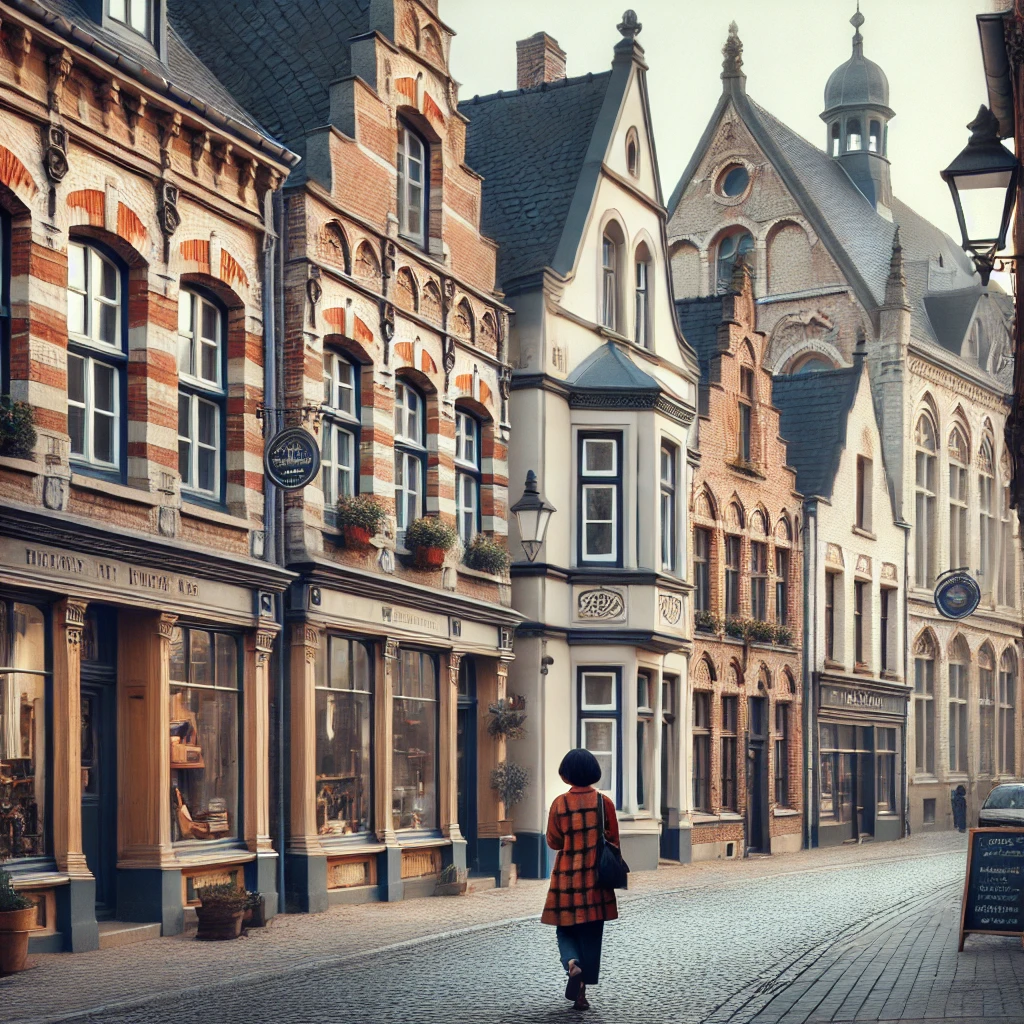ChatGPT:
Kuldīga, Latvia: An Overview
Kuldīga is a charming, historic town in western Latvia, located in the Kurzeme region along the banks of the Venta River. Known for its well-preserved medieval architecture and serene natural beauty, Kuldīga has been recognized as a UNESCO World Heritage candidate due to its unique blend of cultural and historical significance.
Origin and Early History
• First Mention: Kuldīga was first mentioned in 1242 in historical chronicles as part of the Livonian Order, a branch of the Teutonic Order.
• Name Origin: The name “Kuldīga” is believed to derive from the Latvian word “kulis,” meaning “a bend or curve,” referencing the river’s winding path near the town.
• Medieval Period: During the Middle Ages, Kuldīga became an important trading and military center in Courland (Kurzeme). In 1355, the Livonian Order built Kuldīga Castle, establishing it as a fortified outpost.
Development Through the Ages
1. Duchy of Courland and Semigallia (1561–1795):
• Kuldīga flourished as part of the duchy, which was known for its naval power and colonial endeavors.
• The town became a residence for Duke Jacob Kettler, who significantly contributed to its development, including shipbuilding and trade.
• This era saw the construction of wooden and brick buildings, many of which remain today.
2. Under Russian Empire (1795–1918):
• Following the fall of the Duchy, Kuldīga became part of the Russian Empire during the partition of Poland-Lithuania.
• It lost some of its former prominence but retained its small-town charm and architectural heritage.
• The town’s Baroque and neoclassical influences can still be seen in its architecture.
3. Latvia’s Independence and Modern Era:
• After Latvia gained independence in 1918, Kuldīga maintained its status as a regional center of culture and history.
• The Soviet period saw some industrialization, but the town retained its historical core.
• Since Latvia regained independence in 1991, Kuldīga has focused on preserving its heritage, leading to its candidacy for UNESCO recognition.
Significance Today
Kuldīga is celebrated as a center for culture, tourism, and heritage preservation. It remains a peaceful town, drawing visitors with its picturesque scenery, historical depth, and timeless architecture, often referred to as the “Venice of Latvia” for its proximity to waterways and romantic charm.
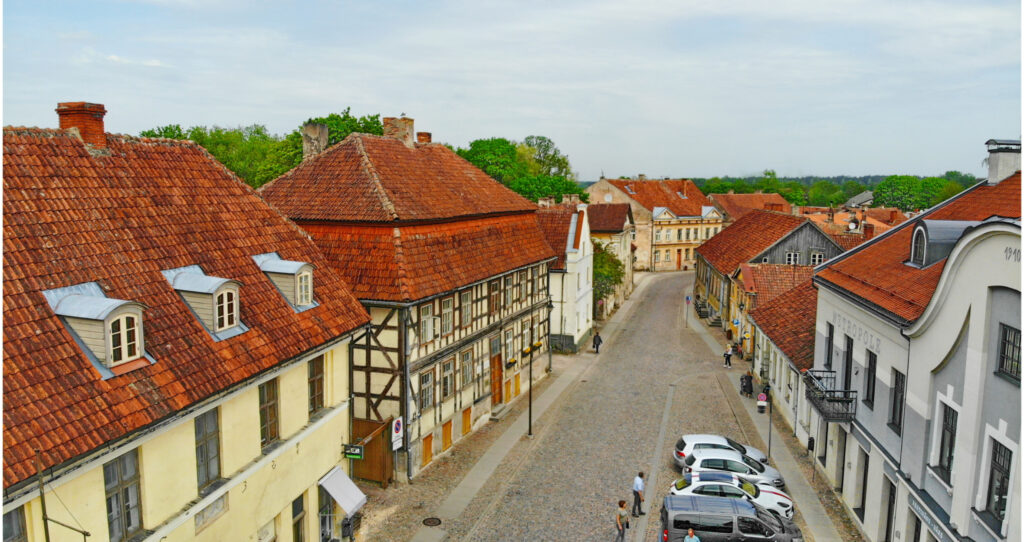
The Livonian Order and the Teutonic Order were closely related medieval Christian military orders that played a significant role in the history of the Baltic region. Here’s an explanation of each and their connection:
Teutonic Order
• Origins:
• Founded in 1190–1191 during the Third Crusade in Acre (modern-day Israel).
• It began as a hospital order, serving German-speaking Christians and pilgrims in the Holy Land.
• By 1198, it evolved into a military order, known as the Order of the Teutonic Knights of St. Mary’s Hospital in Jerusalem.
• Purpose:
• Its mission was to protect Christians, spread Catholicism, and defend Christendom.
• The Teutonic Order played a major role in the Northern Crusades against pagan tribes in the Baltic region.
• Activities in Europe:
• After losing influence in the Holy Land, the Teutonic Knights shifted focus to the Baltic region in the early 13th century.
• They aimed to Christianize and conquer the pagan Prussians, Lithuanians, and other tribes in Prussia and surrounding areas.
• They established a powerful theocratic state, the Teutonic State, encompassing parts of modern-day Poland, Lithuania, Latvia, and Russia.
• Decline:
• The Teutonic Order suffered a major defeat at the Battle of Grunwald (1410) against a coalition of Poles and Lithuanians.
• It gradually lost power and territory, with remnants continuing as a religious order.
Livonian Order
• Origins and Connection to the Teutonic Order:
• The Livonian Order was a branch of the Teutonic Order, created when the Order of the Brothers of the Sword (founded in 1202) was absorbed by the Teutonic Order in 1237.
• The Brothers of the Sword had been established to Christianize and control Livonia (modern-day Latvia and southern Estonia).
• After suffering defeats, they merged with the Teutonic Order, forming a semi-independent Livonian Order to focus on northern Baltic campaigns.
• Role in the Baltic Region:
• The Livonian Order worked to subjugate and Christianize the Latgalians, Estonians, Semigallians, and other Baltic tribes.
• It was based in Riga and played a dominant role in Livonia’s governance.
• Alongside local bishops, it formed part of the Livonian Confederation.
• Decline:
• The Livonian Order weakened over time due to internal conflicts and external threats, including those from Russia.
• It was dissolved after the Livonian War (1558–1583), with its territories divided among Russia, Poland-Lithuania, and Sweden.
Key Differences and Relationship
• The Teutonic Order was the parent organization, operating on a larger scale, particularly in Prussia and surrounding areas.
• The Livonian Order was a regional offshoot that operated primarily in the Baltic region (modern Latvia and Estonia).
Legacy
• Both orders left significant marks on Baltic and European history, shaping the region’s political, cultural, and religious landscapes.
• The Teutonic Order still exists today as a Catholic religious organization, though it no longer holds military or political power.
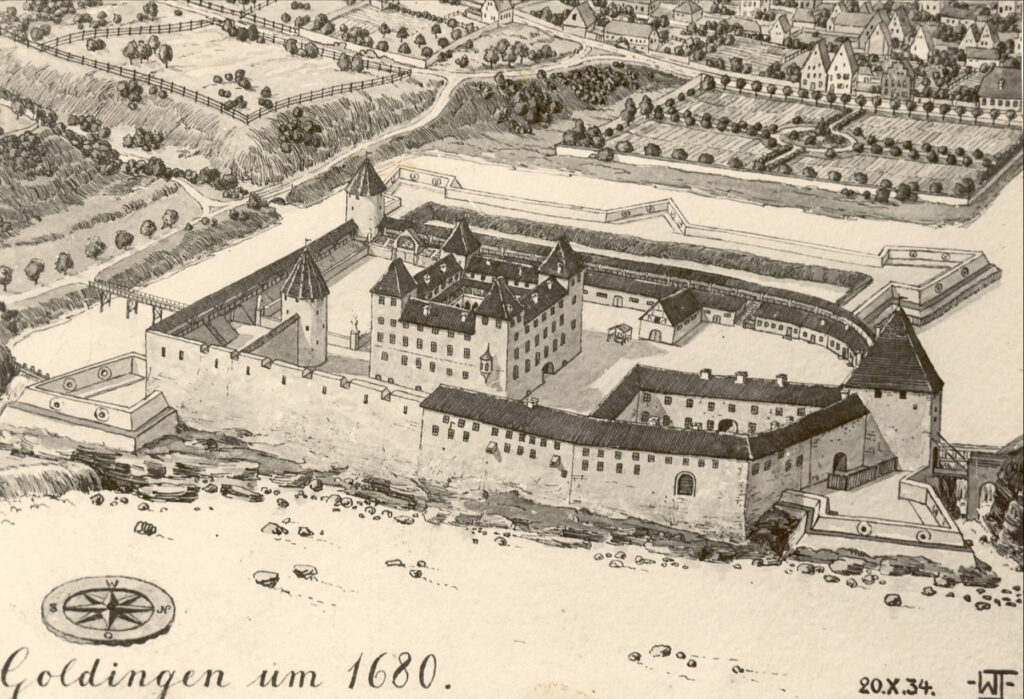
Kuldīga, Latvia, is rich in history, culture, and natural beauty. Below is a list of historical monuments and tourist attractions in the town:
Historical Monuments
1. Ventas Rumba (Venta Rapid):
• The widest waterfall in Europe (249 meters).
• A natural wonder and historically significant for the fishing tradition of jumping salmon.
2. Kuldīga Brick Bridge:
• Built in 1874, it is one of the longest brick bridges in Europe (164 meters).
• A remarkable example of 19th-century engineering.
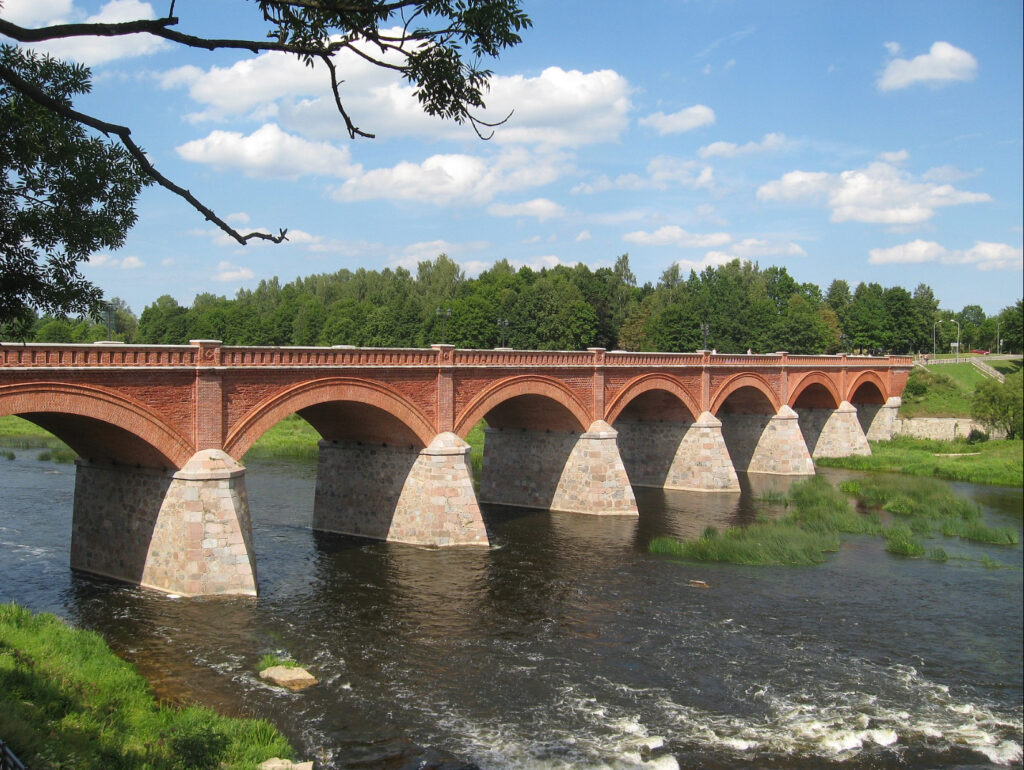
3. St. Catherine’s Church:
• Built in the 17th century, this church is dedicated to St. Catherine, the patron saint of Kuldīga.
• Known for its Baroque architecture and serene ambiance.
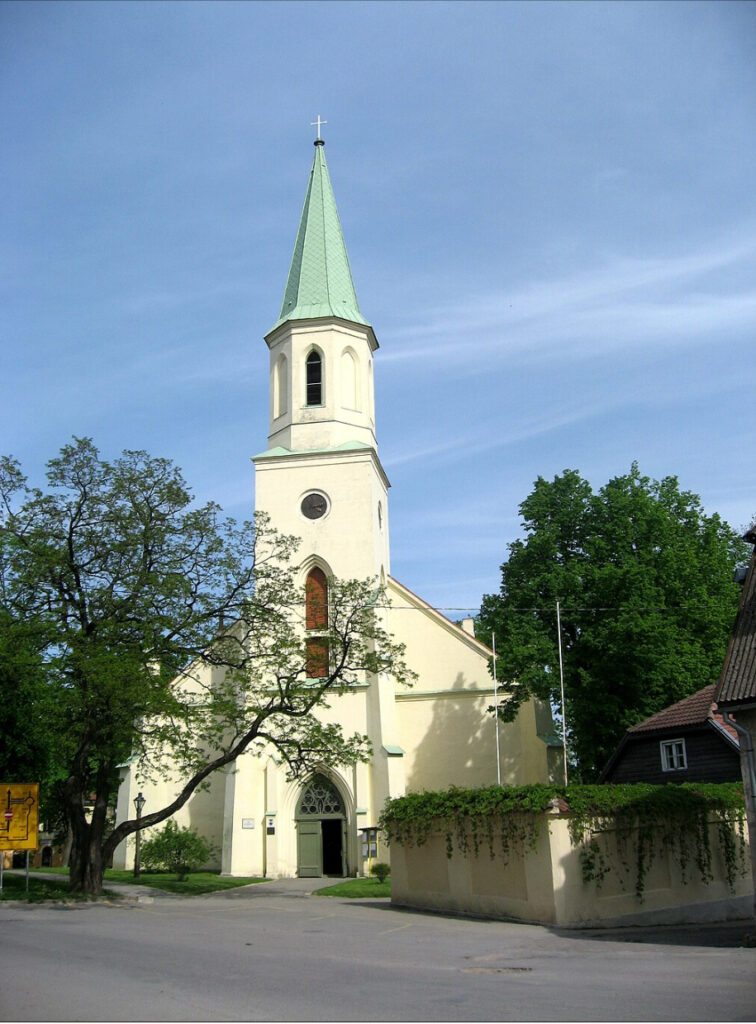
4. Kuldīga Town Hall:
• Located in the old town, this historic building dates back to the 17th century.
• It represents the administrative center of the town during its early development.
5. Livonian Order Castle Ruins:
• Remnants of the medieval castle built by the Livonian Order in the 13th century.
• Offers a glimpse into Kuldīga’s medieval history.
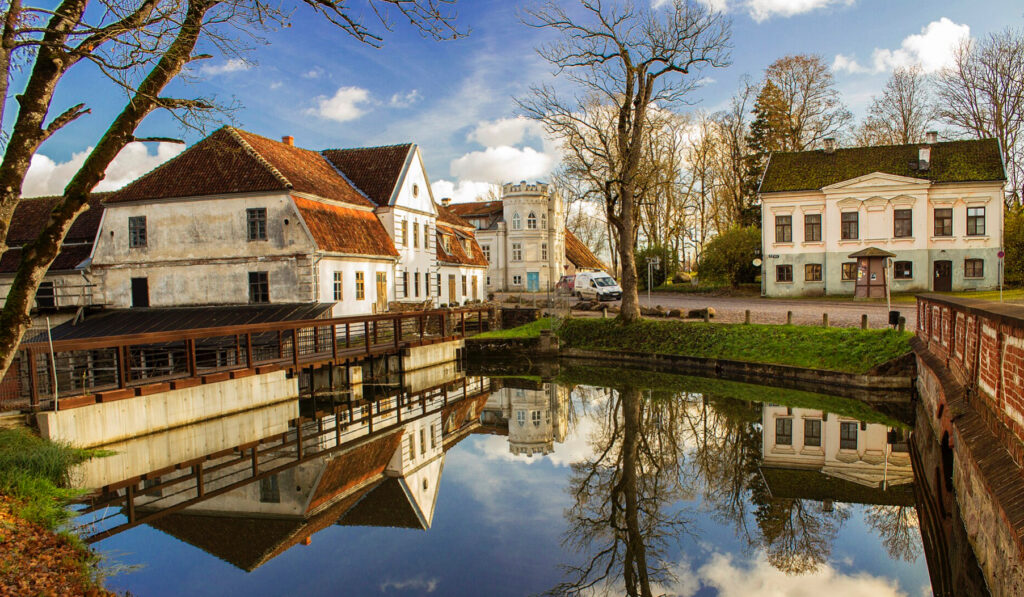
6. Synagogue Complex:
• A well-preserved Jewish synagogue complex that includes a prayer hall and school, showcasing the cultural diversity of historical Kuldīga.
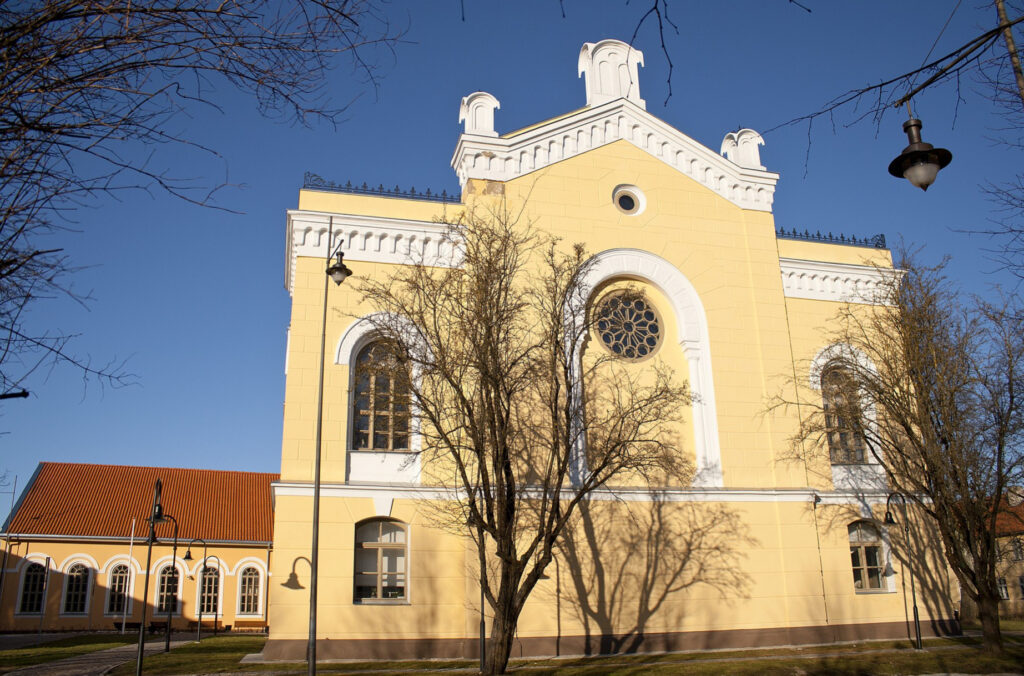
7. The Old Town of Kuldīga:
• A UNESCO World Heritage candidate, the Old Town is famous for its cobblestone streets, wooden buildings, and well-preserved medieval architecture.
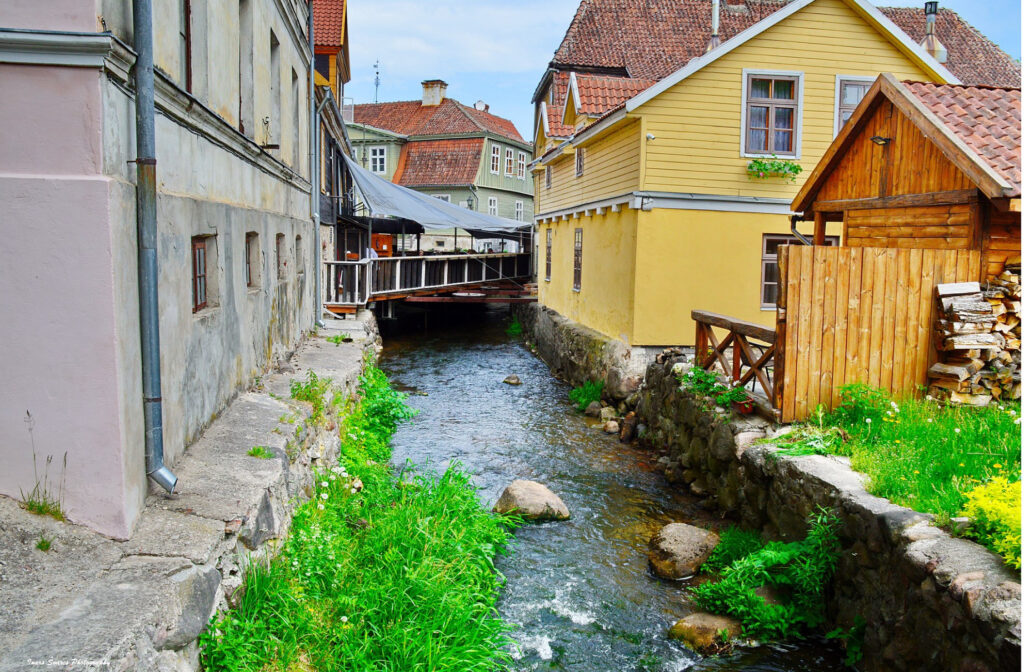
Cultural and Natural Attractions
8. Kuldīga District Museum:
• Located in a historic 19th-century villa, it showcases the history and culture of the town and its surroundings.
9. Aleksupīte Waterfall:
• A smaller waterfall located right in the heart of Kuldīga, often referred to as “Latvia’s Venice” because of the streams running through the town.
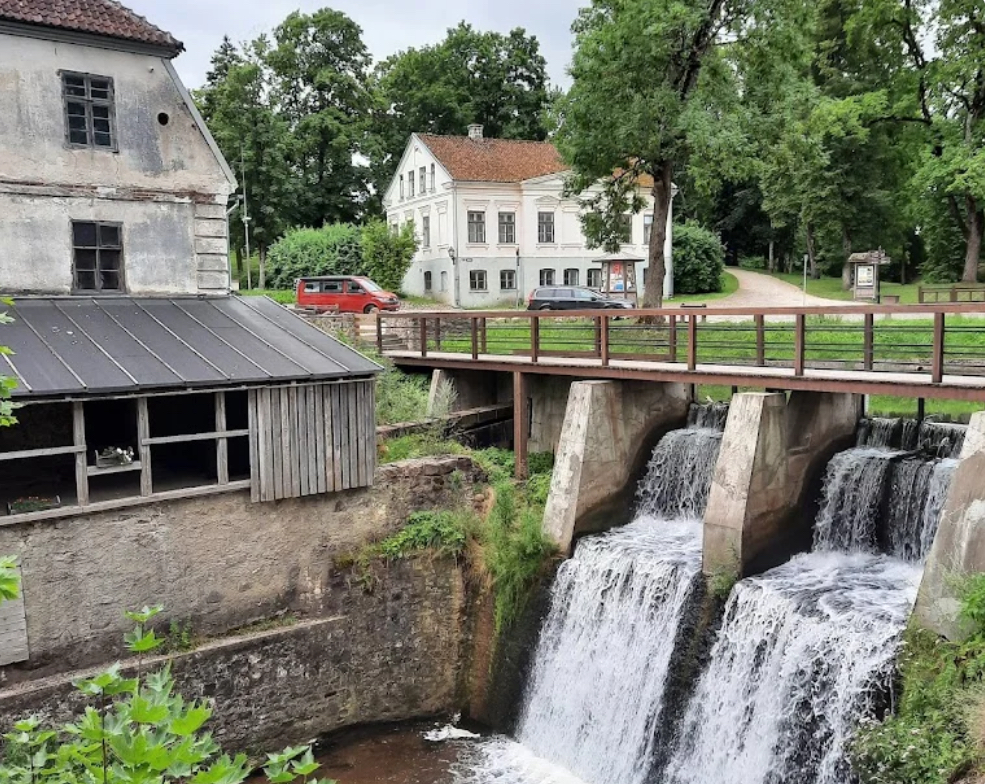
10. Riežupe Sand Caves:
• A network of underground sand caves located just outside Kuldīga.
• Known for their mystical atmosphere and unique geology.
11. Bangert’s Villa:
• A 19th-century villa with a scenic location on the banks of the Venta River.
• Now serves as a hotel and restaurant.
Festivals and Events
12. Kuldīga Town Festival:
• An annual celebration featuring music, art, food, and cultural activities in the historic center.
13. Flying Salmon Festival:
• Held during salmon spawning season, celebrating the unique tradition of fishing salmon at Ventas Rumba.
Outdoor Activities
14. Venta River Promenade:
• A scenic walking path along the Venta River, offering picturesque views of the town and its natural surroundings.
15. Pilskalns Park (Castle Hill Park):
• A green space near the castle ruins, ideal for leisurely walks and enjoying the natural beauty of Kuldīga.
These attractions collectively make Kuldīga a unique destination that combines history, culture, and nature, offering something for every visitor.
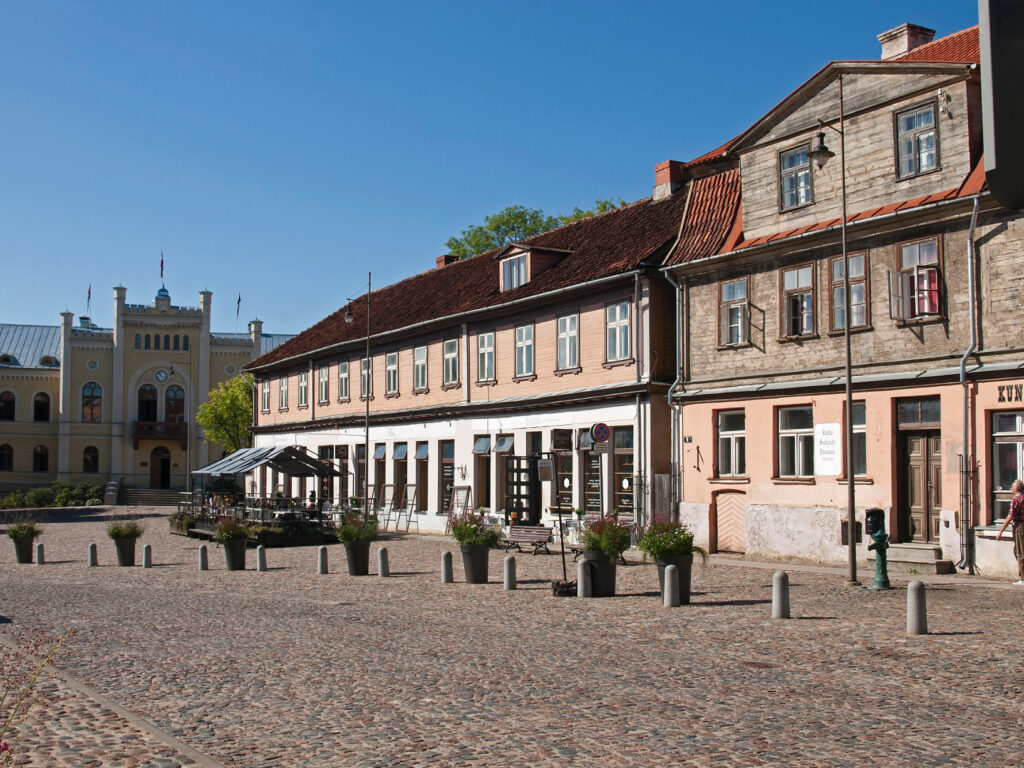
Here’s a planned one-day itinerary for exploring Kuldīga, Latvia, while enjoying its major sights and sampling local food specialties:
Morning: Arrival and Exploration of Nature
1. 8:30 AM – Breakfast at Bangert’s Restaurant
• Start your day with a hearty breakfast at Bangert’s, a riverside restaurant offering local Latvian dishes with a modern twist. Try fresh bread, Latvian butter, and eggs with smoked fish.
2. 9:30 AM – Visit Ventas Rumba (Venta Rapid)
• Stroll along the Venta River to see Europe’s widest waterfall, Ventas Rumba. Enjoy the tranquil atmosphere and snap some photos of this iconic natural landmark.
• Walk along the Venta River Promenade for scenic views and information plaques about the area.
3. 10:30 AM – Explore Kuldīga Brick Bridge
• Cross the historic Kuldīga Brick Bridge, built in 1874, and admire the panoramic view of the Venta River.
4. 11:00 AM – Aleksupīte Waterfall
• Head into the heart of Kuldīga to see the Aleksupīte Waterfall, a smaller yet charming waterfall running through the town.
Midday: Historical and Cultural Exploration
5. 11:30 AM – Stroll Through Kuldīga’s Old Town
• Wander through the cobblestone streets of the Old Town, a UNESCO World Heritage candidate. Admire the well-preserved wooden buildings and charming medieval architecture.
• Stop by the Kuldīga Town Hall and its surrounding square for a glimpse into the town’s historical administrative center.
6. 12:30 PM – Visit St. Catherine’s Church
• Step into the 17th-century St. Catherine’s Church, known for its Baroque architecture and serene ambiance.
7. 1:00 PM – Lunch at Goldingen Room
• Enjoy a delicious lunch at Goldingen Room, a popular local restaurant. Try traditional Latvian dishes like sklandrausis (a sweet rye pastry filled with carrots and potatoes) or a hearty pork schnitzel with cranberry sauce. Pair it with a glass of local Birch Sap wine.
Afternoon: History and Nature
8. 2:30 PM – Visit the Kuldīga District Museum
• Explore the Kuldīga District Museum, located in a historic 19th-century villa. Learn about the town’s history, cultural heritage, and local traditions.
9. 3:30 PM – Livonian Order Castle Ruins and Pilskalns Park
• Visit the Livonian Order Castle Ruins, remnants of Kuldīga’s medieval past.
• Take a leisurely walk through Pilskalns Park, a green space near the ruins, perfect for relaxing in nature.
10. 4:30 PM – Coffee Break at Mākslas Nams
• Stop at Mākslas Nams (Art House) café, which serves local coffee and pastries. Try a Rye Bread Cake (Rupjmaizes kārtojums), a classic Latvian dessert made with layered rye bread, cream, and berries.
Evening: Wrap-Up with Local Flavors
11. 5:30 PM – Visit Riežupe Sand Caves (Optional)
• If time permits, head just outside Kuldīga to explore the Riežupe Sand Caves, known for their mystical ambiance and unique underground landscape.
12. 7:00 PM – Dinner at Metropole
• Conclude your day with dinner at Metropole, a traditional restaurant serving classic Latvian dishes. Opt for Venison stew with forest mushrooms or gray peas with bacon, paired with a glass of local beer or herbal tea.
13. 8:30 PM – Evening Stroll by the Venta River
• Take a peaceful evening walk along the Venta River Promenade, enjoying the view of the illuminated bridge and the calm river.
This itinerary covers Kuldīga’s natural, historical, and cultural highlights while introducing you to the town’s rich culinary heritage.
